Skip over navigation
Here is a man among the trees looking at where to put a fence. It's a circular fence.


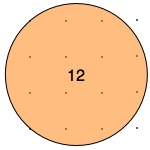
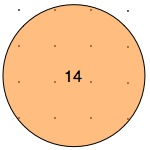
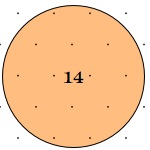
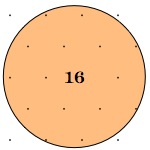
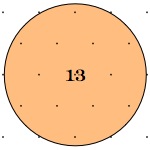

Or search by topic
Number and algebra
Geometry and measure
Probability and statistics
Working mathematically
Advanced mathematics
For younger learners
It's a Fence!
Age 5 to 11
Challenge Level 





Here is a man among the trees looking at where to put a fence. It's a circular fence.

These diagrams show where the fence may
go when the trees are planted in squares:



These diagrams show where the fence may
go when the trees are planted in triangles:



So, let's start by looking at different
examples of these circles and see what things we notice. Then we
could decide what we could try out and explore!
This problem could be worked on in a group of about four. For more details about how you might go about doing this, please read the Teachers' Notes.
You may also like
Baked Bean Cans
Is there a best way to stack cans? What do different supermarkets do? How high can you safely stack the cans?

